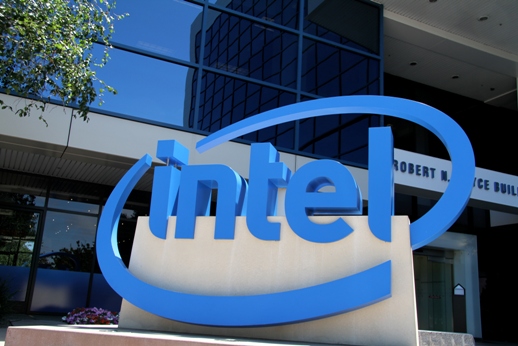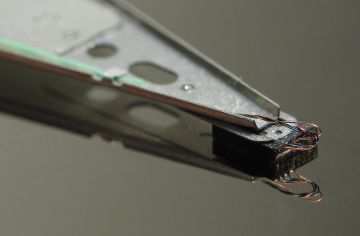 Reports from India suggest that the country’s IT outsourcing business is turning a corner after being in a slump for a while.
Reports from India suggest that the country’s IT outsourcing business is turning a corner after being in a slump for a while.
This means that the UK companies can expect to find tougher competition from Indian based software companies, outsources and contract service outfits in the near future.
Analysts predict an improvement in India’s outsourcing industry, which has been gutted for many quarters by shrinking IT budgets and a slowdown in decision making by customers in the traditional markets like US and Europe.
Research firm Offshore Insights predicts that the offshore market for outsourced services is will grow by 12 percent to 15 percent this year, as more customers are expected to increase IT spending.
India’s $100 billion IT services sector seems to be recovering thanks to the acceleration in IT spending by existing customers although there have been a few new sign ups.
This week, Nielsen Holding increased the size of its contract with India’s top software services exporter, Tata Consultancy Services Ltd, to $2.5 billion from $1 billion.
India’s $100 billion IT services sector has been in the doldrums for a while but it seems to be recovering thanks to the acceleration in IT spending by existing customers.
TCS has major clients including General Electric, British Airways and Sony and competes with rival Indian software providers Infosys and Wipro as well as multinational firms such as IBM and Accenture Plc for outsourcing deals.
The National Association of Software and Services Companies (Nasscom) also forecasts that India’s exports of software and services will be between $84 billion to $87 billion in the Indian fiscal year from April 2013 to March 2014.
One of the problems that some business watchers believe that the Indian outsourcers will have to tackle is the fact that they are dependent on a revenue model that is largely dependent on the number of people working on a project.
This worked well when IT labour was cheap. While labour is still comparatively cheap in India, it is getting more expensive meaning that outsourcers have to woo new business with promises based on owning some natty technology and replicable processes.
They will have to shift more of their operations closer to their key markets in the US and Europe.



















